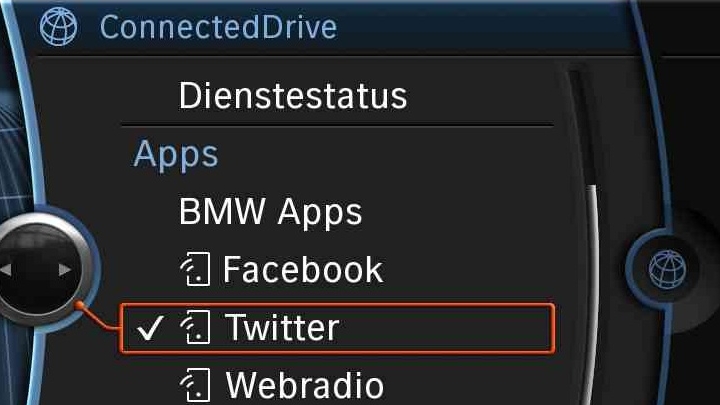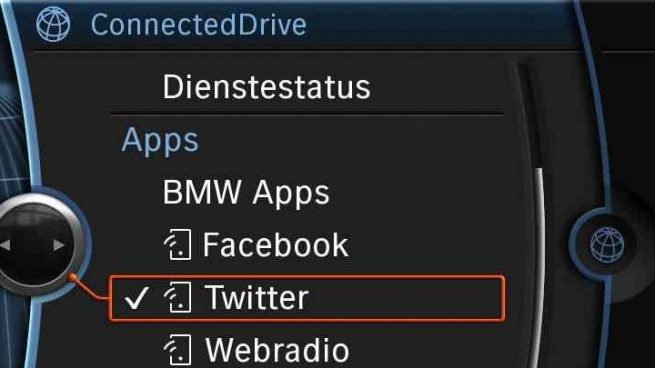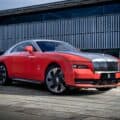Another buzzword at this years SXSW is “Connected Cars”. As population density in major cities increases year over year, automakers are facing with one of the biggest challenges of their existence: decreasing urban congestion while still providing meaningful ground transportation.
In response to environmental concerns, government regulations, and rising gas prices, car makers are turning more and more to electric vehicles and car-sharing programs. Urban mobility is becoming not only a trend but a social responsibility as well.
But how connected cars change the behaviors of urban drivers? First and foremost via location-based applications and services that reside inside the car and deeply connected with the traditional functions of a car. Audi has done research on what drivers want and it currently offers meaningful information inside the car that can lead to more optimal routes and decisions made along the travel destinations.
Companies like BMW and Audi are also focusing on the next generation of software applications that can solve parking problems, dealing with traffic congestion and fuel management. This will allow the driver to enjoy the actual driving part.
Future trends hint to technologies like NFC that will enable payments from within the car and without the need of third-party devices. Imagine a world when paying for a toll-road or at a fast-food can be simply achieved by pulling your car to the window or booth. This tech not only simplifies a cumbersome process but it also allows for a more fluid traffic and speedier travels.
Ultimately car connectivity will enable cars to talk to each other as well, but that’s a trend that we won’t see for at least few years when the companies iron out some of the privacy issues and faster connections needed, like LTE.






































































